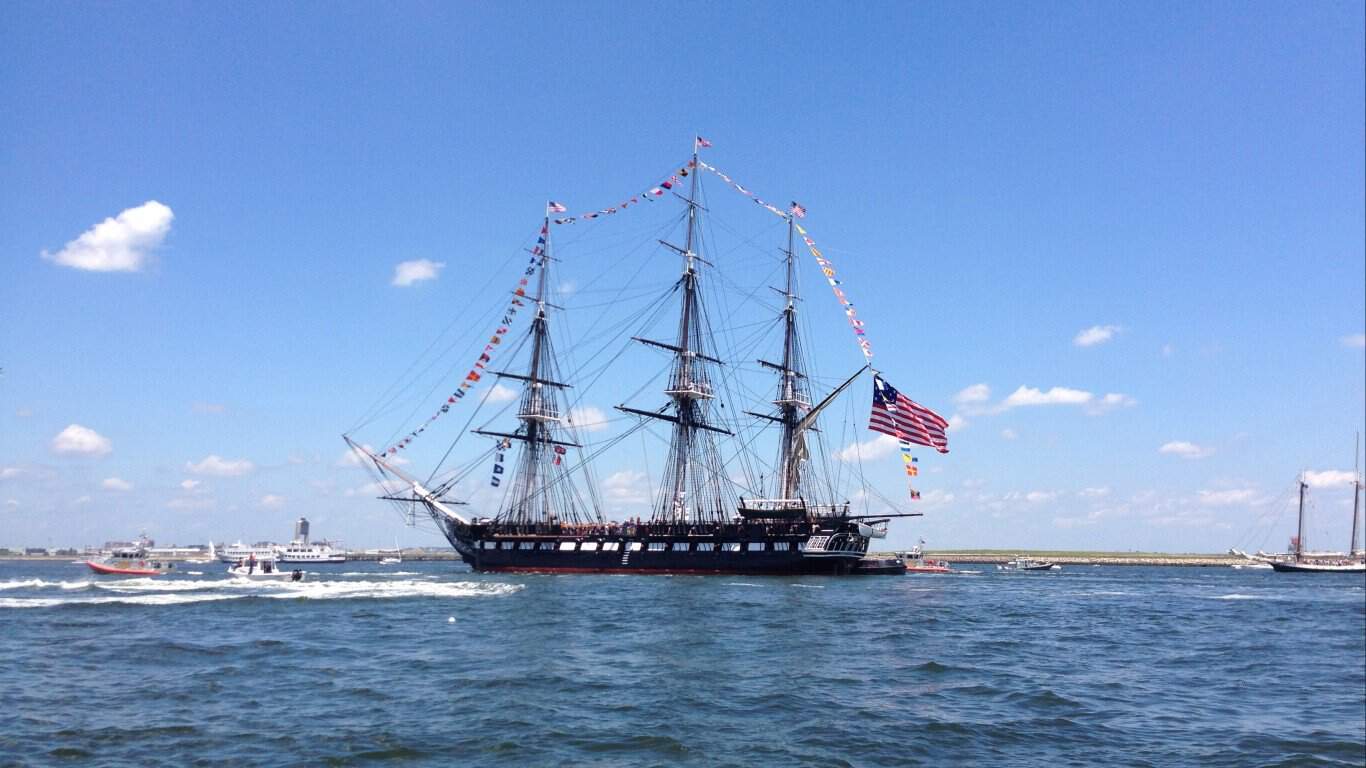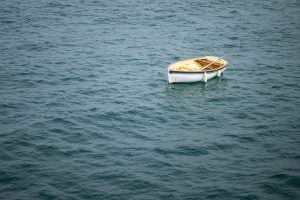It won’t come as any surprise that there are stories about smaller, determined military forces battling and winning against larger enemies. This is precisely what happened with the USS Constitution, which stood its ground against the entirety of the British Royal Navy. However, it’s far from the only instance where a single ship made a big difference in a major war.
USS Constitution
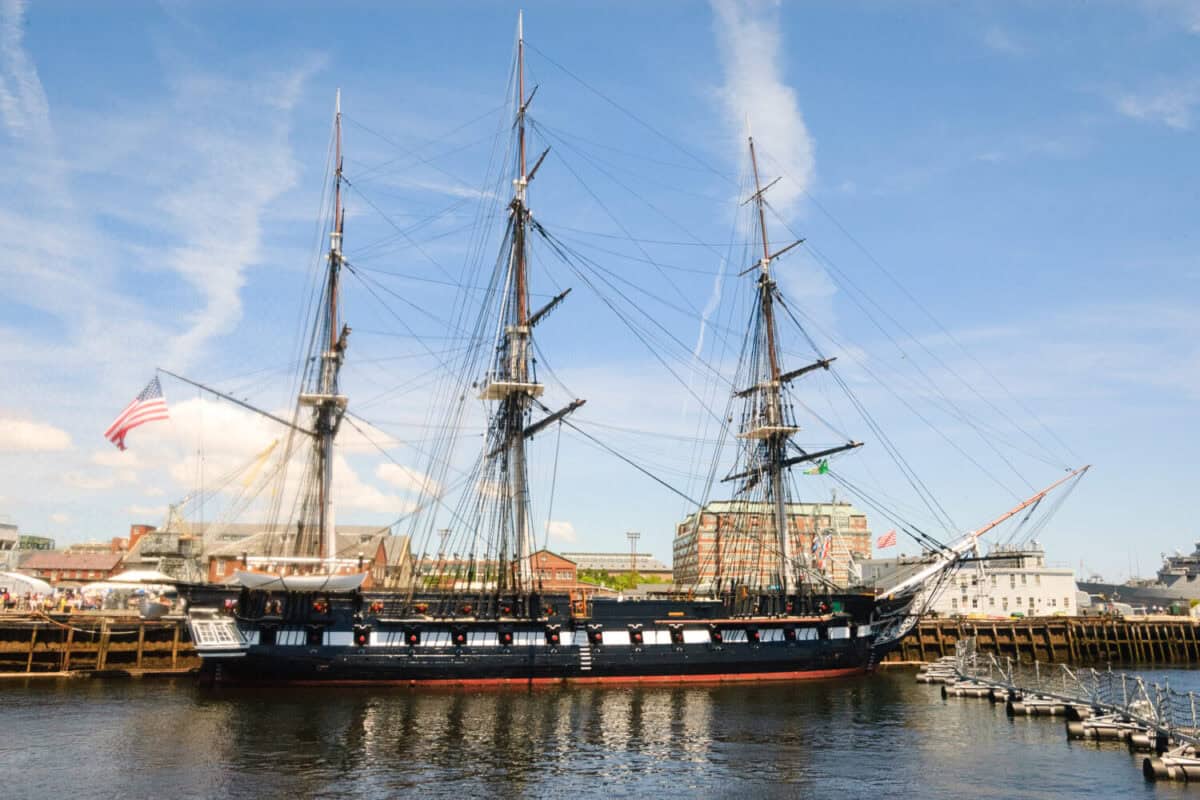
Nicknamed “Old Ironsides,” the USS Constitution was the backbone of a new country’s navy in 1797. Filled with 30 24-pound cannons, the USS Constitution was ahead of its time. Considered the oldest U.S. commissioned warship still afloat, the Constitution single-handedly held back the entire Royal Navy during the War of 1812, including the British ship HMS Guerriere, which was the pride of England’s fleet.
USS Enterprise
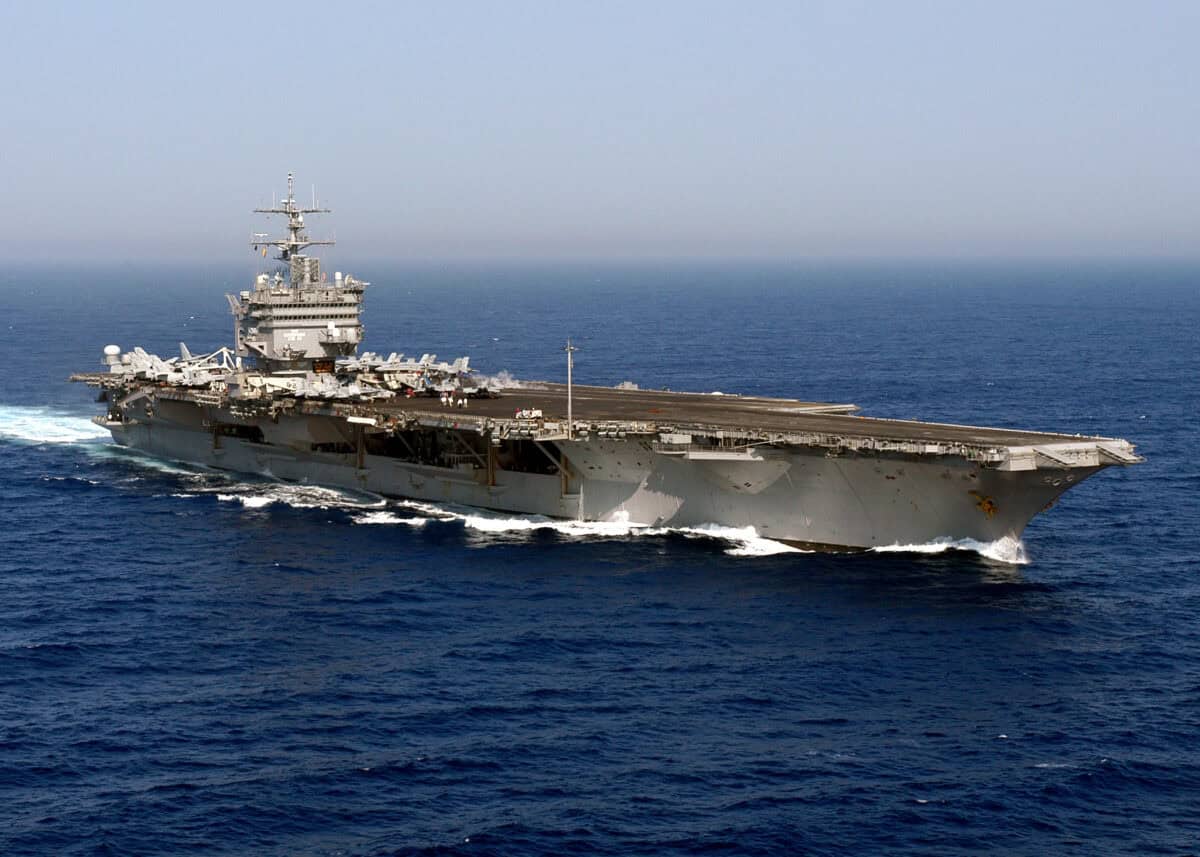
Nicknamed “The Big E,” the USS Enterprise symbolized American power in World War II. Participating in major battles, including Midway and Guadalcanal, the Enterprise helped turn the war in favor of the Allies. The Enterprise also launched the “Doolittle Raid,” which showed Japanese military leaders that the U.S. could bomb Japanese home islands.
HMS Victory
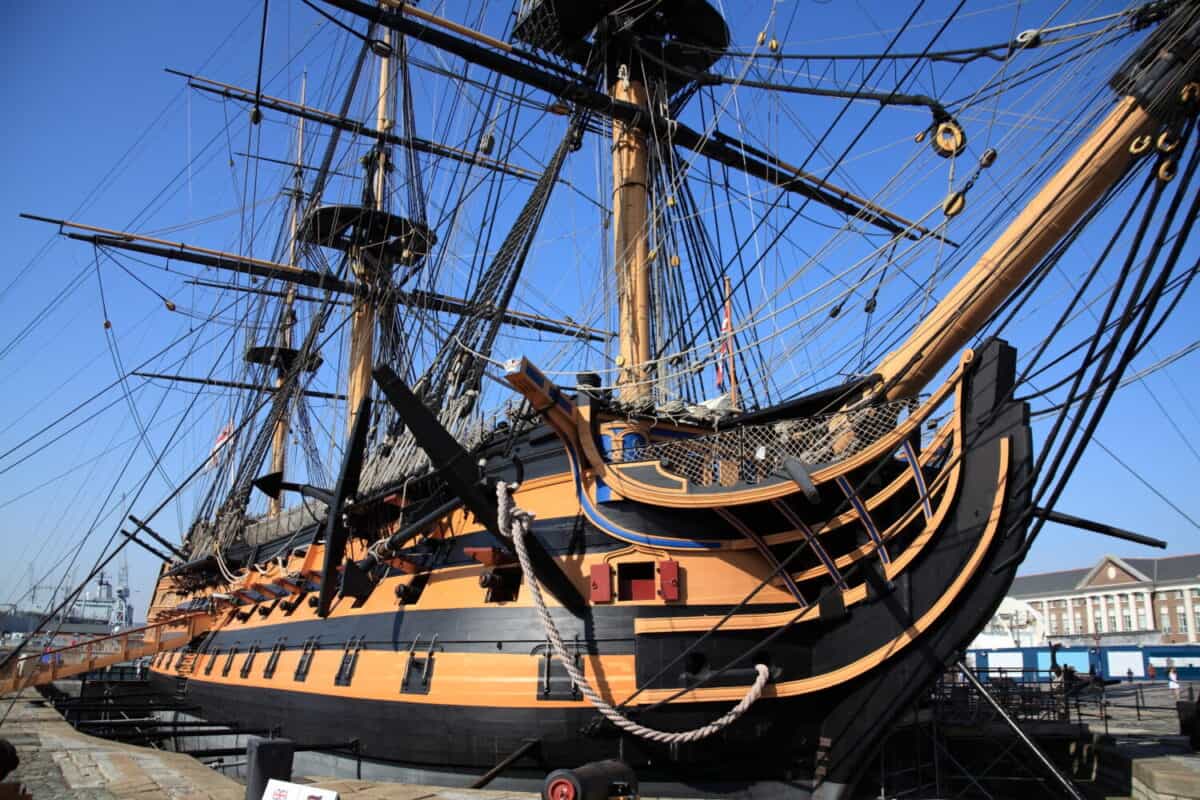
Led by the legendary British Admiral Horatio Nelson, the HMS Victory secured British freedom in 1805. During the Battle of Trafalgar in 1805, the combined French and Spanish fleets attempted to destroy the British fleet. If victorious, this would pave the way for Napoleon’s military to invade England. However, Nelson’s battle tactics and the Victory’s dominance stopped France’s advance.
HMS Dreadnought
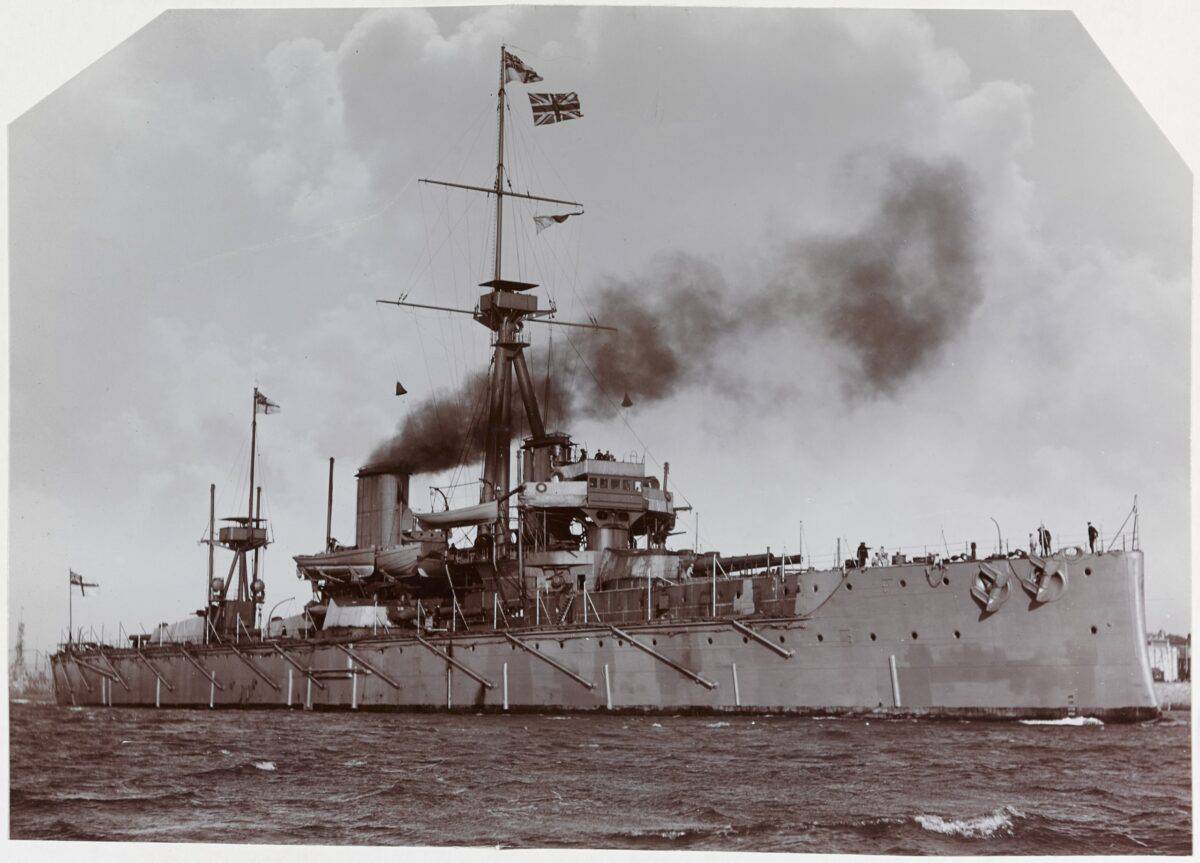
Built for the Royal Navy and launched in 1906, the HMS Dreadnought changed naval power forever. This ship was the first to have a main battery of guns rather than smaller emplacements. As such, the Dreadnought only had 12-inch cannons. Most notable was that the ship was made of steel rather than wood.
The Mary Rose
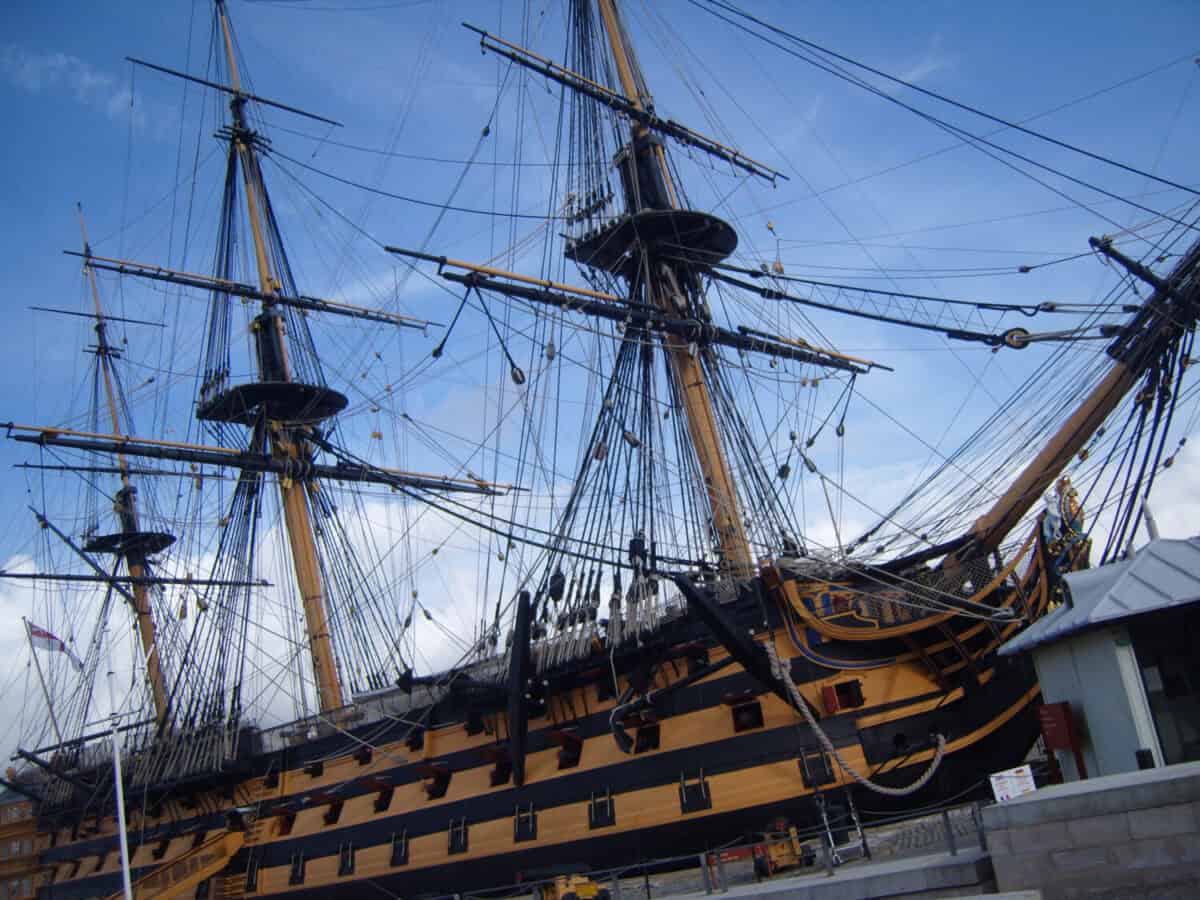
Built for the English navy under King Henry VIII, the Mary Rose was a formidable ship. Launched in 1511, it fought in many battles until it sank in 1545. The Mary Rose was famous for being the first ship to use heavy guns and newly invented gun ports. With the ability to fire a broadside barrage, it could approach enemy ships, unlike any time in history.
USS Nautilus
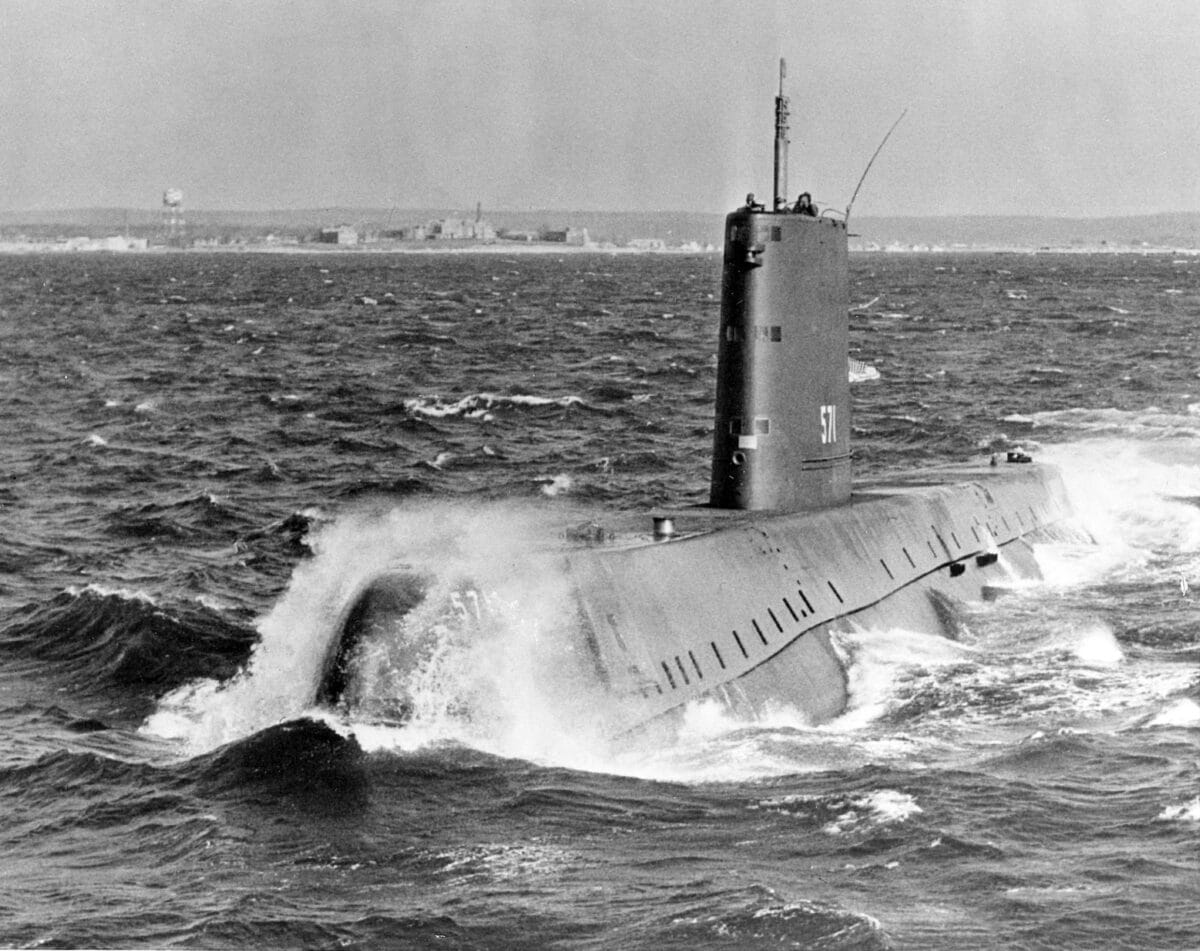
As the world’s first nuclear-powered submarine, the USS Nautilus changed naval warfare forever. Completing a submerged transit of the North Pole in 1958, the Nautilus’s effectiveness was unparalleled. The Nautilus’s success allowed the U.S. to establish its “nuclear triad.” This triad gave the U.S. the ability to launch its nuclear arsenal from sea, land, and air.
Trireme
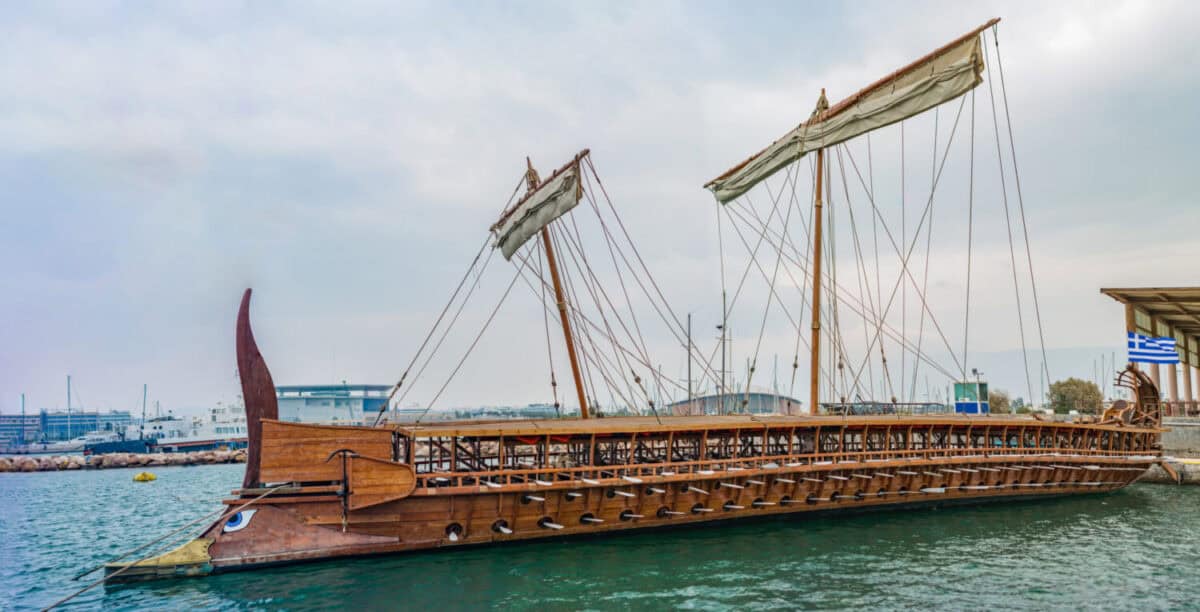
The trireme, less an individual warship and more of a series of ships, heavily influenced ancient naval warfare. Specifically, it was the Battle of Salamis, where 200 Athenian triremes held fast against the invading Persian fleet. The result was that Greek democracy continued to thrive, and Persia never successfully invaded Greece.
CSS Virginia
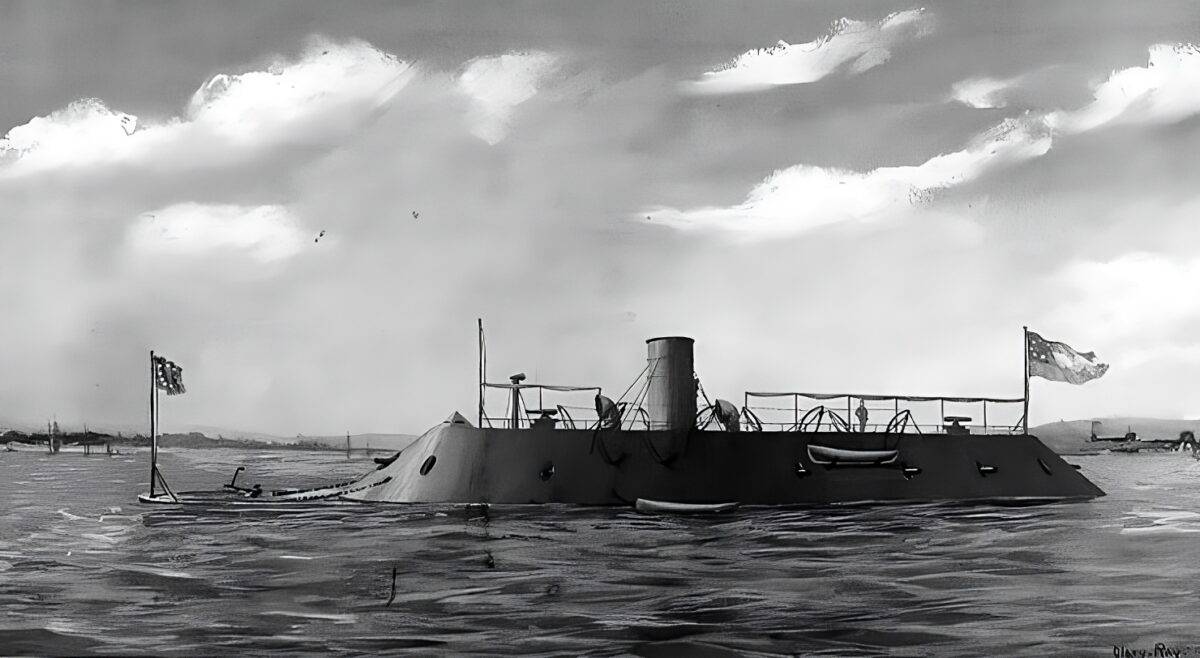
During the U.S. Civil War, the Confederate states created the world’s first operational warship with a revolving gun turret. An ironclad warship using iron would revolutionize the future of naval warfare. Only 275 feet long, the CSS Virginia and its 320-person crew were only in the water for two years before its defeat in the Battle of Hampton Roads.
USS Monitor
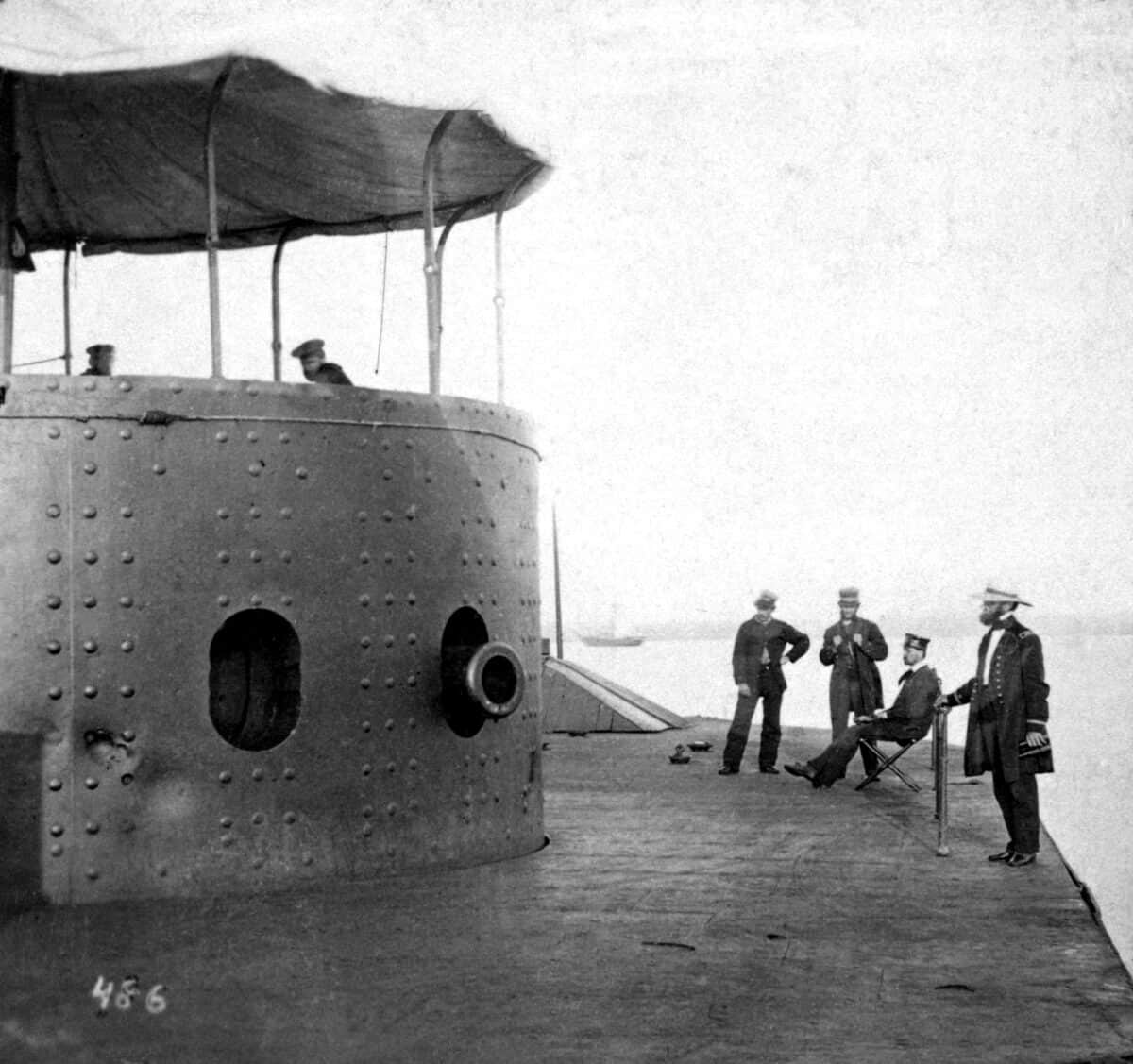
The Northern States’ answer to the CSS Virginia, the USS Monitor, was commissioned in 1861. Around 179 feet in length, the USS Monitor only required 49 officers and enlisted persons to run the ship. Built out of the same iron as the CSS Virginia, the two boats traded shots at the Battle of Hampton Roads, otherwise known as the Battle of Ironclads.
HMS Argus
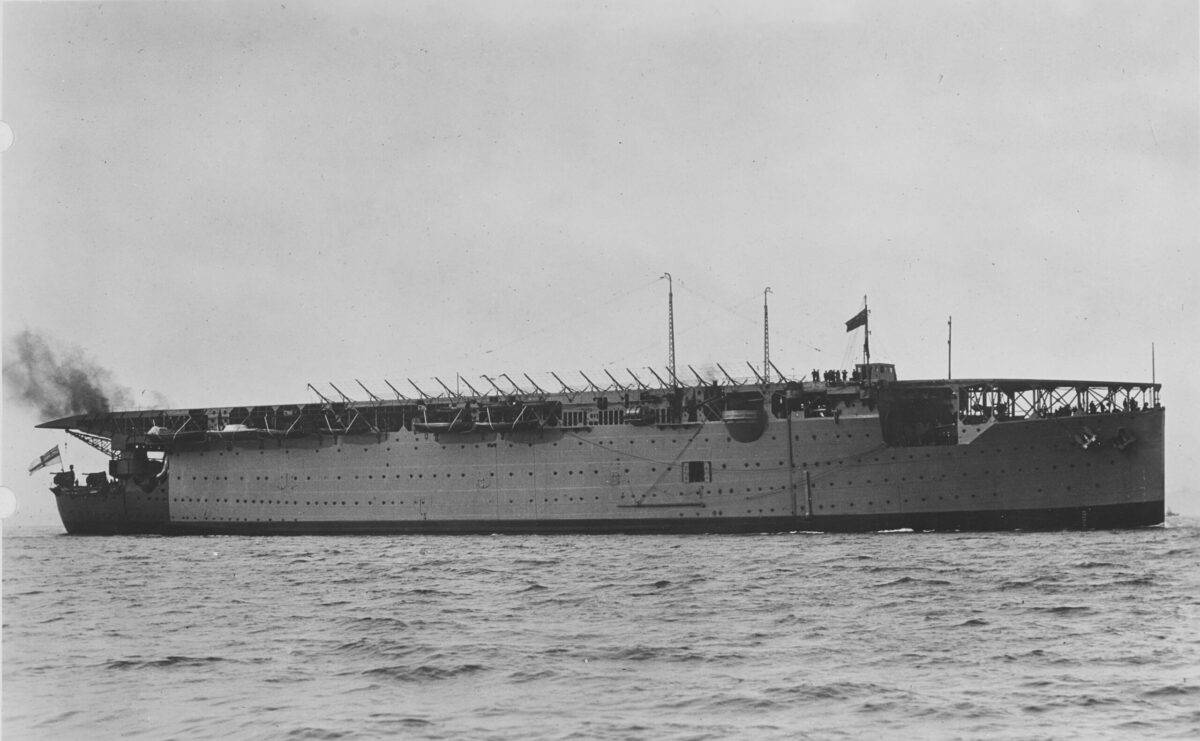
The HMS Argus was a British aircraft carrier that served the Royal Navy from 1918 to 1944. It changed naval history by being the first aircraft carrier with a full-length flight deck, from which wheeled aircraft could take off. Surprisingly, this carrier was converted from an ocean liner and saw action in World War II.
USS Maine
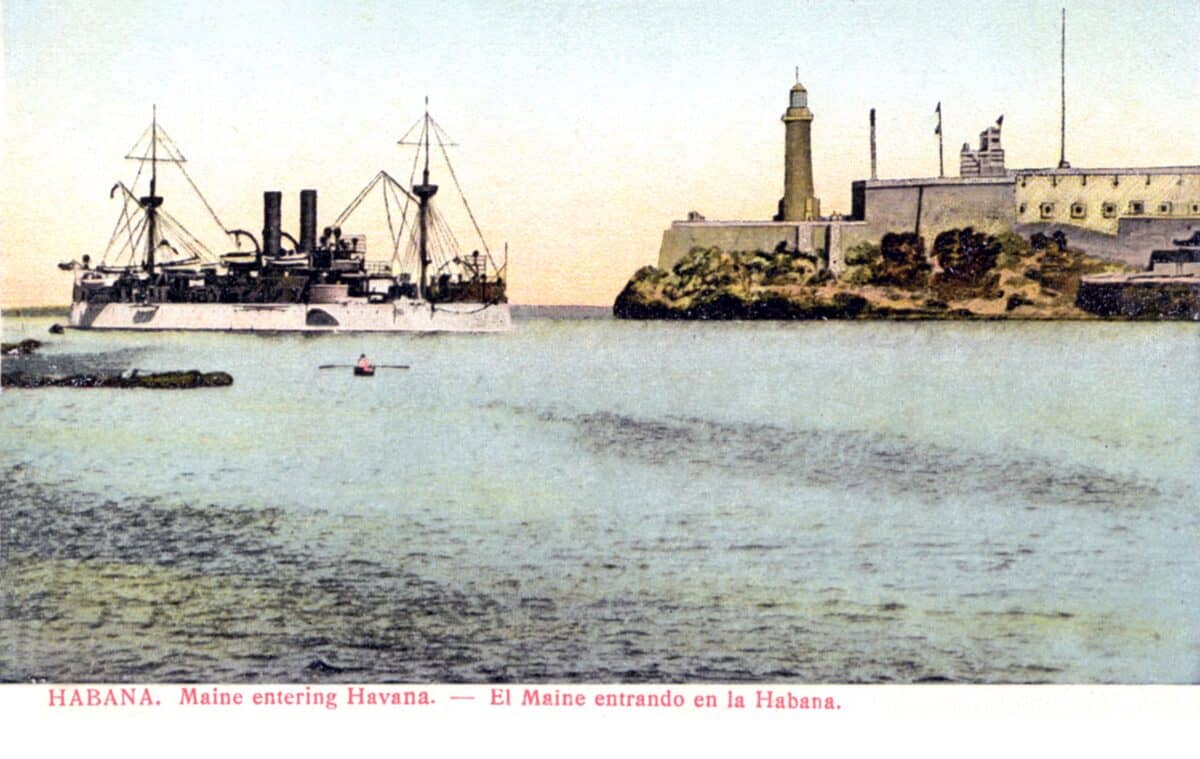
What’s most notable about the USS Maine is that it never saw combat. However, the sinking of the USS Maine in Havana, Cuba’s harbor, led to the Spanish-American War. With claims that the Spanish intentionally sunk the ship, the war led to the U.S. becoming a dominant force in the Caribbean, including the acquisition of Puerto Rico, Guam, and the Philippines.
USS Missouri
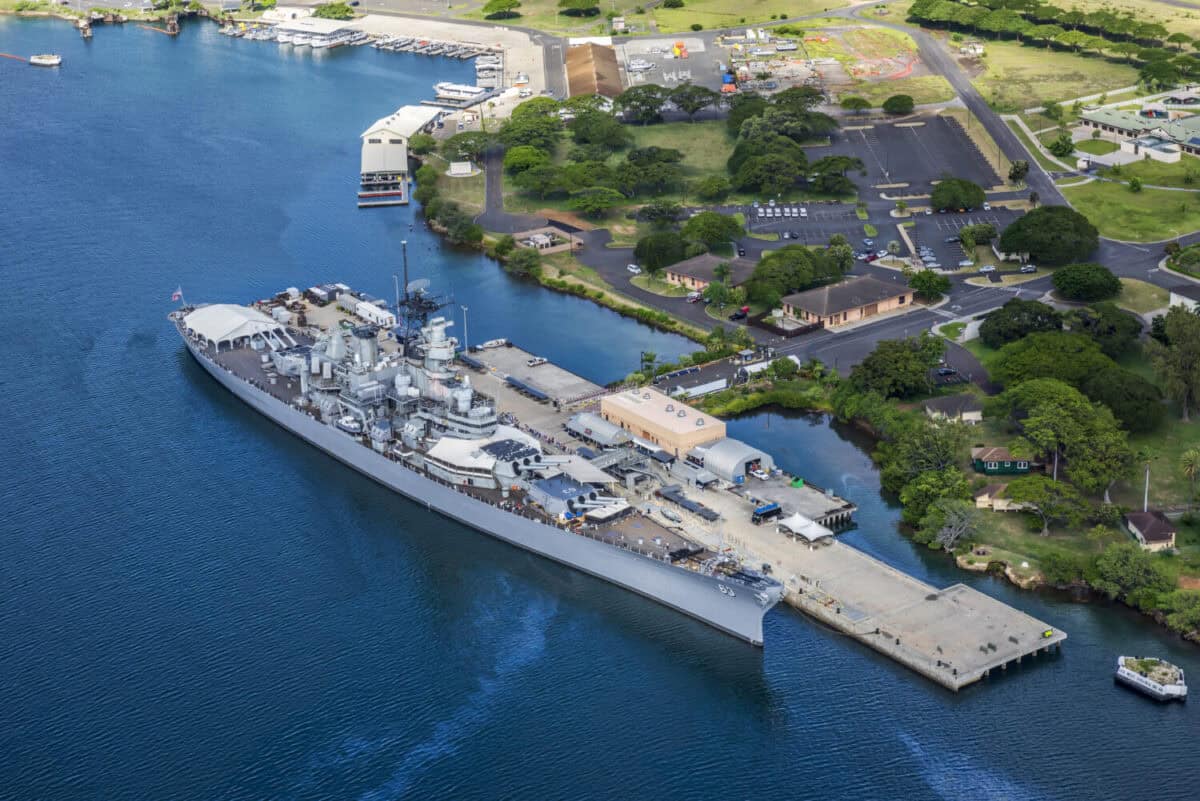
Nicknamed the “Mighty-Mo,” the USS Missouri was commissioned on June 11th, 1944. An Iowa-class battleship built for the United States Navy, the Missouri represents the U.S.’s last commissioned battleship. After participating in the Battle of Iwo Jima and Okinawa, Missouri was best remembered for being where Japan surrendered to the U.S.
The image featured at the top of this post is ©shananies / iStock via Getty Images.
